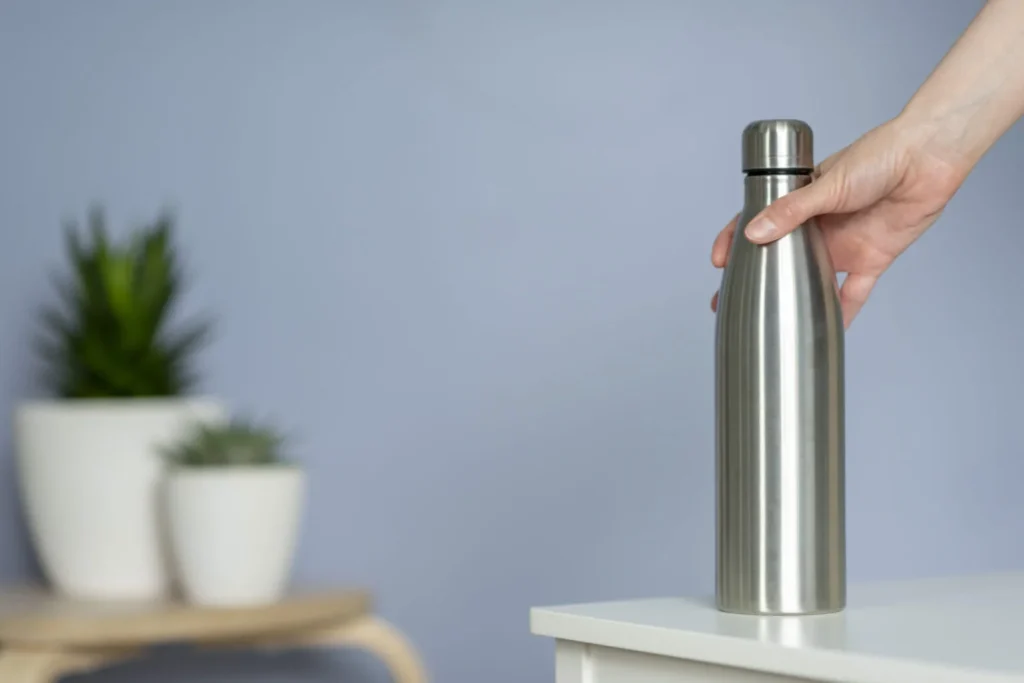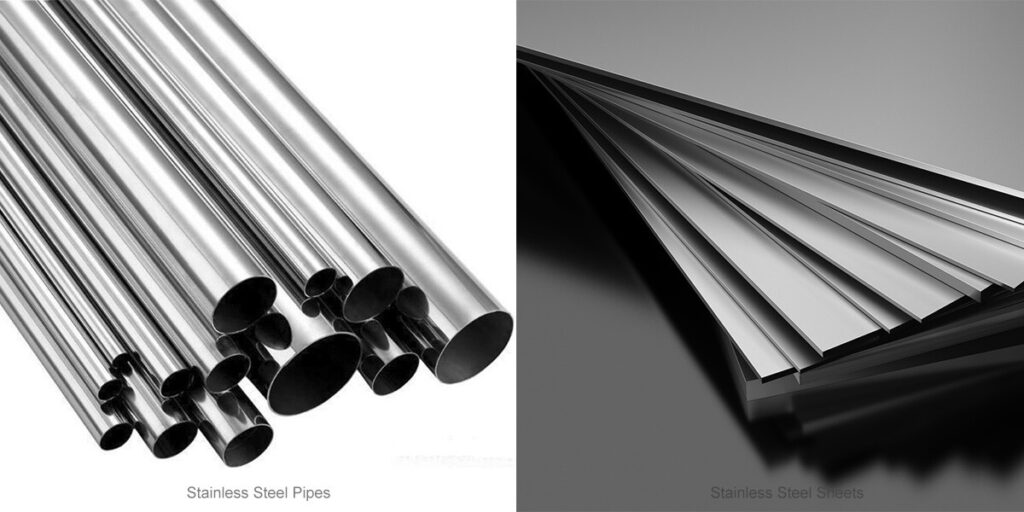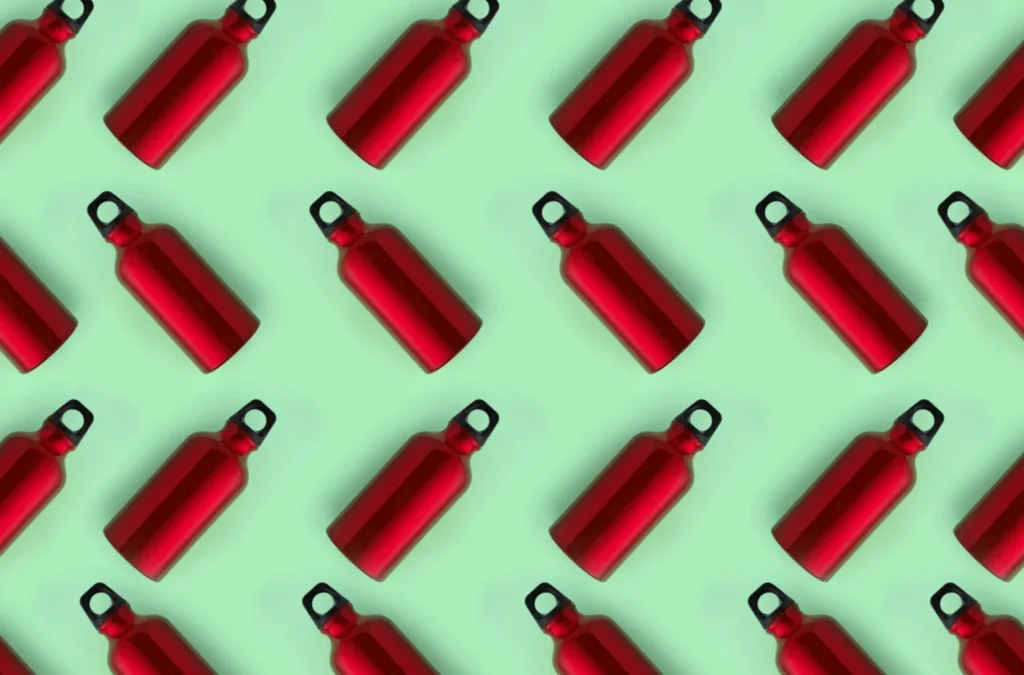Difference among 316, 201 and 304 stainless steel bottle
Introduction of stainless steel bottle:
Capitalize on low hanging fruit to identify a ballpark value added activity to beta test. User generated content in real-time will have multiple for offshoring.

1.316 Stainless Steel bottle:
- 316 stainless steel is an austenitic stainless steel alloy that contains molybdenum, which enhances its corrosion resistance in challenging environments.
- It is highly resistant to pitting and crevice corrosion, making it ideal for marine, coastal, and chloride-rich environments.
- 316 stainless steel offers exceptional high-temperature resistance, maintaining its mechanical properties even at elevated temperatures.
- It has excellent chemical compatibility and biocompatibility. It is very popular in the chemical processing, pharmaceutical and medical equipment industries.
- The composition of 316 stainless steel usually includes chromium, nickel molybdenum and other elements such as manganese and silicon. It consists of 16-18% chromium, 10-14% nickel and 2-3% molybdenum.

2.304 Stainless Steel bottle:
- 304 stainless steel is a very popular austenitic stainless steel alloy containing chromium and nickel.
- It exhibits excellent corrosion resistance and is suitable for various applications, including architectural, decorative, and kitchen appliances.
- 304 stainless steel provides good strength and durability, making it suitable for heavy loads and mechanical stress.
- It has good hygienic performance and anti-bacterial growth ability. It is popular in the food and beverage industry, pharmaceutical and medical equipment fields.
- The composition of 304 stainless steel usually includes chromium, nickel, and other elements such as manganese and silicon. It consists of 18-20% chromium and 8-10.5% nickel.

3.201 Stainless Steel bottle:
- 201 stainless steel is a low-cost alternative to 304 stainless steel and falls under the category of austenitic stainless steel.
- It contains a higher amount of manganese and nitrogen compared to other low-nickel stainless steel alloys.
- 201 stainless steel offers good strength and formability, making it suitable for various manufacturing processes.
- It is a major consideration for saving on costs such as cookware, kitchen sinks and car trim.
- The composition of 201 stainless steel typically includes 16-18% chromium, 3.5-5.5% nickel, and other elements like nitrogen and manganese.
Comparison among stainless water bottles made by different stainless steel:
Now, let’s compare the similarities and differences of water bottles among 316 stainless steel, 304 stainless steel, and 201 stainless steel:

1.Corrosion Resistance of different stainless steel bottle:
- 316 Stainless Steel: 316 stainless steel provides excellent corrosion resistance, especially in chloride-rich environments. It is highly resistant to pitting and crevice corrosion. As a result, 316 stainless steel is highly resistant to corrosion and is suitable for prolonged exposure to aggressive environments.
- 304 Stainless Steel: 304 stainless steel offers good corrosion resistance, making it suitable for various applications. While it is not as corrosion-resistant as 316 stainless steel, it performs well in most environmentssuch as everyday use or indoor settings. It is resistant to corrosion from organic acids, such as acetic acid found in vinegar, making it suitable for use with acidic beverages.
- 201 Stainless Steel: 201 stainless steel has lower corrosion resistance compared to 316 and 304 stainless steel. It is more susceptible to corrosion in aggressive environments.It is important to note that 201 stainless steel water bottles may not be ideal for prolonged exposure to saltwater or highly corrosive liquids.
2.Strength and Durability of different stainless steel bottle:
- 316 stainless steel :316 stainless steel has extremely strong toughness. It resists shocks, dents and scratches. Suitable for sturdy outdoor use.
- 304 stainless steel :304 stainless steel has good formability. A variety of bottle designs can be shaped and manufactured without sacrificing its structural integrity. It is resistant to impact and scratches. Therefore, it is durable in daily use. This includes activities such as commuting, the office or the gym.
- 201 Stainless Steel: 201 stainless steel has lower tensile strength compared to both 316 and 304 stainless steel, but it can still providereasonable strength and durability for less demanding applications, making it a more budget-friendly option.

3.Cost of different stainless steel bottle:
- 316 Stainless Steel: 316 stainless steel is considered a high-end grade with superior corrosion resistance and durability.Due to its premium properties, 316 stainless steel water bottles generally fall into the higher price range. The cost of 316 stainless steel water bottles can range from $30 to $100 or more, depending on the size, brand, and additional features like insulation or specialized lid designs.
- 304 Stainless Steel: 304 stainless steel is a popular and widely used grade due to its good corrosion resistance and affordability.304 stainless steel water bottles are available in a wide price range, depending on factors such as size, brand, design, and added features. In general, the cost of 304 stainless steel water bottles can range from $15 to $50, with some premium options exceeding this range.
- 201 Stainless Steel: 201 stainless steel is a lower-cost alternative to 304 stainless steel, making it a more budget-friendly option.201 stainless steel water bottles are generally more affordable compared to 316 and 304 stainless steel bottles. The cost of 201 stainless steel water bottles can range from $10 to $30, depending on factors such as size, brand, and design.
It’s important to note that these price ranges are approximate and can vary based on various market factors and individual sellers. Additionally, it’s worth considering that while 316 stainless steel water bottles may have a higher upfront cost, their superior corrosion resistance and durability may result in a longer lifespan, potentially providing better value over time.
When comparing prices and making a purchasing decision, it’s recommended to consider the specific needs and preferences, as well as the intended use and durability requirements of the water bottle.
4.Applications of different stainless steel bottle:
- 316 Stainless Steel:316 stainless steel water bottles are ideal for outdoor enthusiasts, hikers, campers, and individuals who require a rugged and durable water bottle for use in harsh conditions. They are well-suited for marine environments, coastal areas, and locations with high humidity. The corrosion resistance of 316 stainless steel ensures that the bottle remains unaffected by saltwater, allowing for safe and reliable water storage.
- 304 Stainless Steel: 304 stainless steel water bottles are versatile and widely used by individuals of all ages. They are suitable for everyday use, including office, school, gym, and outdoor activities. The corrosion resistance of 304 stainless steel ensures that the water bottle remains hygienic and does not impart any metallic taste or odor to the water. Additionally, the strength and durability of 304 stainless steel make these bottles resistant to dents, scratches, and impacts.
- 201 Stainless Steel:201 stainless steel water bottles are often chosen for budget-conscious consumers who prioritize affordability. They are suitable for everyday use, including school, office, and light outdoor activities. However, it’s important to note that 201 stainless steel may have slightly lower resistance to corrosion, so it may not be the best choice for prolonged exposure to harsh environments or acidic liquids. These bottles are generally more suitable for use with water or non-corrosive beverages.
Conclusion
In summary, each grade has its own strengths and limitations, and the choice depends on the specific requirements of the application in terms of corrosion resistance, strength, cost, and aesthetics.
Let’s raise your business to the next level, NOW! →
Please get in contact with us if you’re ready to take the next step in your cross-border trading journey. We’re here to help you sort through the intricacies of logistics.

